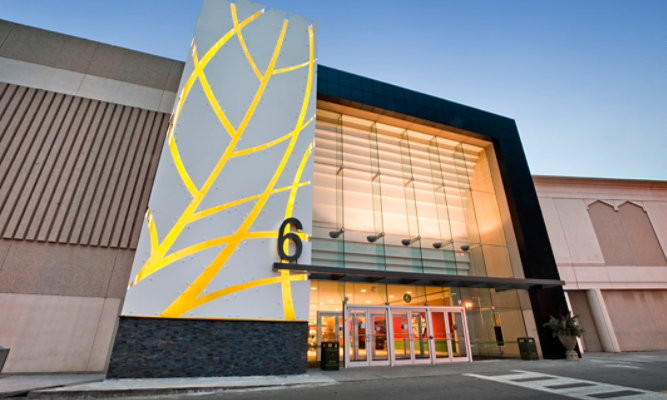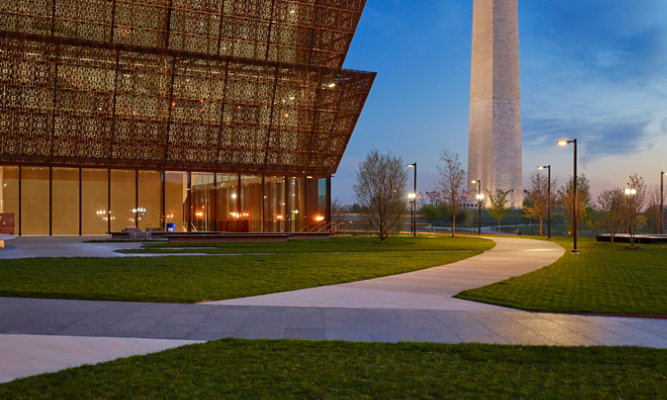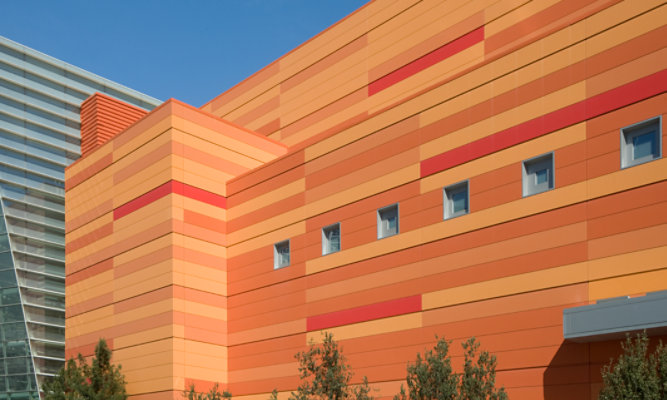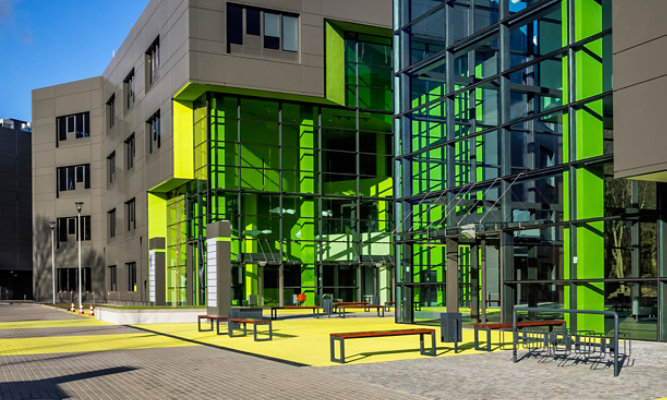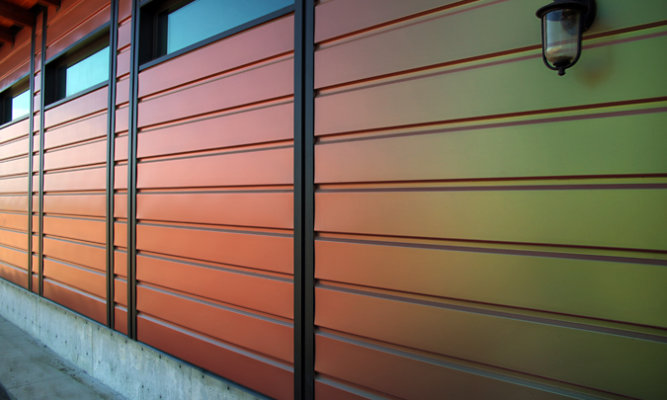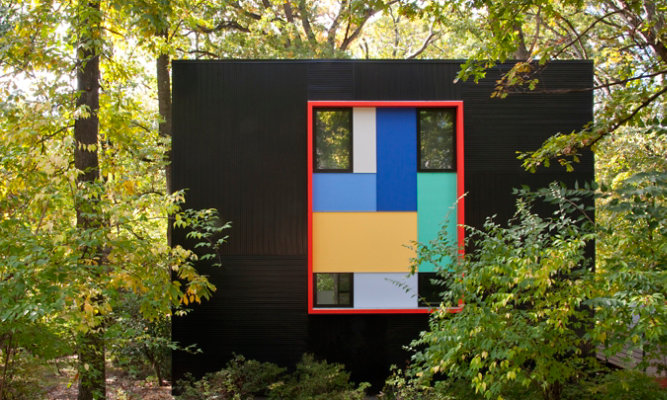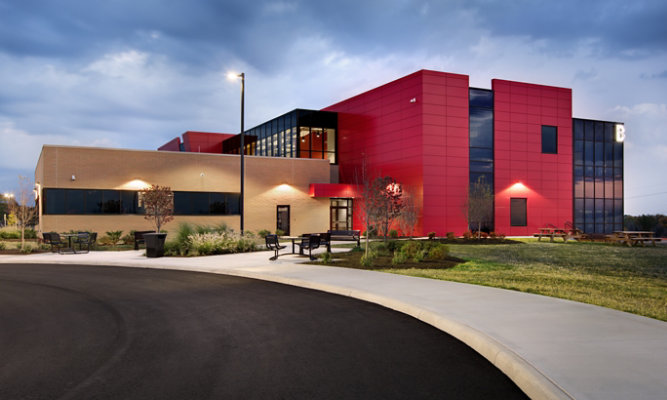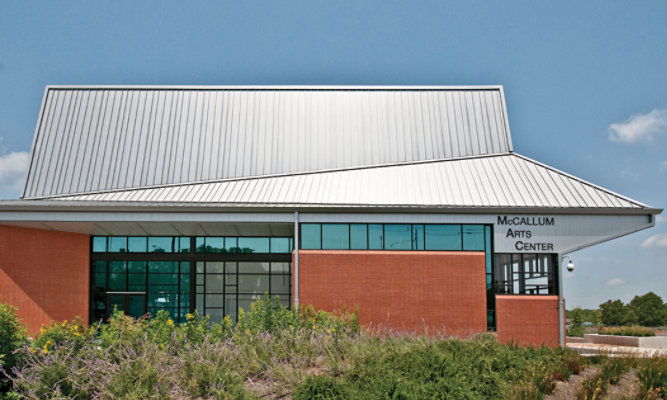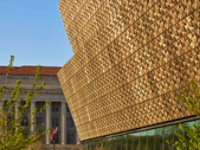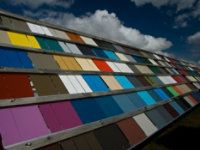The Colour of Metal
Chemistry, light and method come together to create the look of metal components.
Colour is a major element in a designer’s thought process. It plays an important role in aesthetic decisions made for the design of structures and buildings of all kinds. The artistic side of an architect’s mind also understands that colour isn’t as simple as red, blue, yellow or green. There are countless variations on the colour spectrum, and achieving just the right shade of a particular colour can be very important.
“Colour is defined by two things: the chemistry of a pigment and the type of light that shines on it.”
The number of coats applied to a component can vary, depending on the project specifications. “Many architects work with AAMA (American Architectural Manufacturers Association) specifications, which don’t call for a certain number of coats,” Churchill says. “They give minimum total dry film thickness requirements and other end-use specifications, such as gloss retention, chalk rating and colour fade following a period of exterior exposure. A third coat will add an extra barrier layer and will protect better against UV degradation and hydrolysis.”
Pigments used on building components need to do more than just show a colour, however. They also have to be durable to the elements, which adds more chemistry to the equation. “Sometimes architects will request a colour from a book of swatches, and that can be problematic when you are looking for long lasting warranties,” Churchill says. “To coat a piece of paper, you can essentially use any pigment you want, because there are no durability requirements for the pigment. It only needs to be a particular colour that can be realised on a piece of paper. When it gets back to us, we have only a very limited palette of pigments that have the requisite durability to meet those kinds of warranties. The systems we work with [in spray applied and coil coating] are basically the same polymeric systems — varying only in the rheology — and at least the coatings themselves have pretty much the same durability. The slight difference is that with coil you have a greater variation in substrates, where with [spray-coated extruded components] you coat only aluminium.”
It can be easier for architects to find a colour that complements the overall aesthetic of the building while delivering the necessary durability and performance if they bring the material manufacturer to the table early in the design process.
“Colour choice can be a critical component,” Register says. “At times the design requirements are in conflict with each other in terms of colour and performance requirements. It helps to have a knowledge of what the coating system can and cannot do when establishing or meeting specifications for a given project.”
By Henry Burke
Metal Mag, Spring
Editor's Note: This article was originally published on April 26, 2014. Valspar was acquired by The Sherwin-Williams Company on June 1, 2017.
